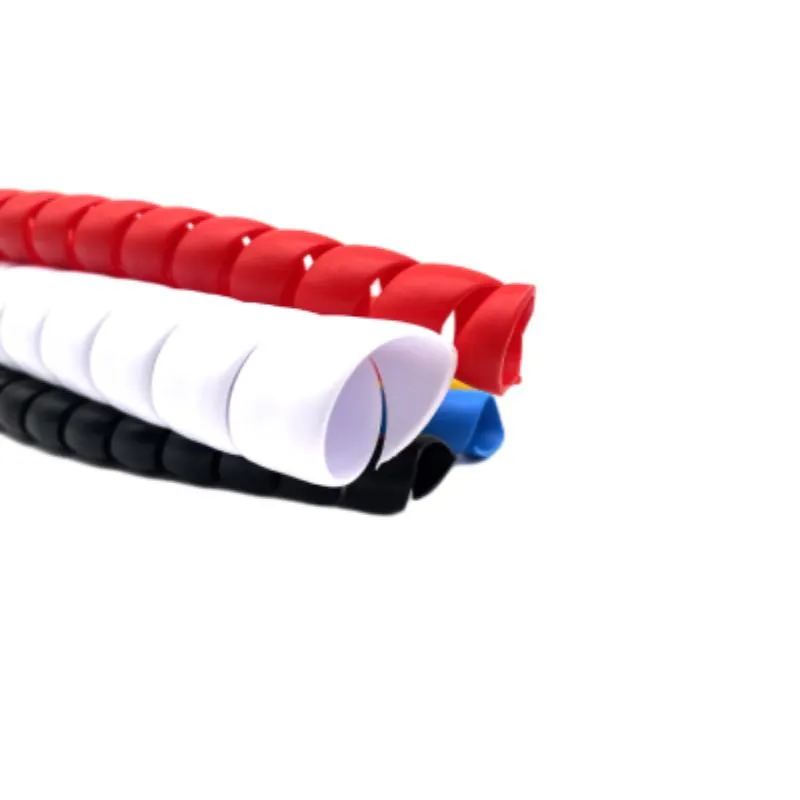how to fix power steering hose
How to Fix Power Steering Hose A Step-by-Step Guide
Power steering is a crucial component of modern vehicles, providing ease of steering and enhancing overall drivability. However, a common issue that can arise is a leak in the power steering hose. If you notice fluid underneath your car or experience difficulty steering, it may be time to address the problem. Here's a step-by-step guide on how to fix a power steering hose.
Step 1 Gather Your Tools and Materials
Before starting the repair, gather the necessary tools and materials. You will need
- A new power steering hose (ensure it's compatible with your vehicle) - Socket set or wrenches - Screwdrivers - A drain pan - Rags or towels - Power steering fluid - Safety glasses and gloves
Step 2 Prepare the Vehicle
Ensure that your vehicle is parked on a flat, stable surface. Turn off the engine and let it cool down, then engage the parking brake. For safety, wear gloves and safety glasses throughout the process to protect yourself from potential spills and debris.
Step 3 Locate the Power Steering Hose
Open the hood and locate the power steering fluid reservoir. The power steering hose connects the reservoir to the steering gear or rack. There are usually two hoses the high-pressure hose and the return hose. Identify which one is leaking, as they may look similar.
Step 4 Drain the Power Steering Fluid
Before removing the hose, you'll need to drain the power steering fluid to avoid spills. Place a drain pan underneath the power steering fluid reservoir and carefully remove the cap. Allow the fluid to drain completely into the pan. Be cautious, as power steering fluid is slippery and can be harmful to the environment. Dispose of it properly.
Step 5 Remove the Old Hose
how to fix power steering hose

Once the fluid has been drained, it's time to remove the old power steering hose. Use a wrench or socket set to loosen and remove the clamps or bolts holding the hose in place. Be prepared for any residual fluid that may still be in the hose. Carefully pull the hose off the fittings; if it’s stuck, a gentle wiggle might help.
Step 6 Install the New Hose
Take the new power steering hose and align it with the fittings. Ensure that the hose is positioned correctly and fits snugly. Secure it using the clamps or bolts you previously removed. Make sure everything is tight to avoid future leaks, but be careful not to overtighten, which can damage the fittings.
Step 7 Refill the Power Steering Fluid
With the new hose installed, it’s time to refill the power steering fluid. Using a funnel, pour the new fluid into the reservoir, checking your vehicle’s manual for the appropriate type and amount needed. Avoid overfilling, as this can lead to fluid overflow when the system is pressurized.
Step 8 Bleed the Power Steering System
To remove any air trapped in the system, start the engine and turn the steering wheel from lock to lock several times. This action circulates the fluid and eliminates any air bubbles. Check for leaks as you do this; if everything appears secure, you’re on the right track.
Step 9 Test Drive Your Vehicle
After the repairs are complete, take your vehicle for a test drive. Ensure that the steering feels smooth and that there are no leaks. If everything checks out, congratulations! You have successfully fixed your power steering hose.
Conclusion
Fixing a power steering hose may seem daunting, but with some basic tools and a bit of patience, it’s a repair that you can accomplish at home. Always remember to prioritize safety and consult your vehicle’s manual if you're unsure at any step of the way. Regular maintenance of your vehicle can help prevent issues and keep it running smoothly for years to come.
-
Ultimate Spiral Protection for Hoses & CablesNewsJun.26,2025
-
The Ultimate Quick-Connect Solutions for Every NeedNewsJun.26,2025
-
SAE J1401 Brake Hose: Reliable Choice for Safe BrakingNewsJun.26,2025
-
Reliable J2064 A/C Hoses for Real-World Cooling NeedsNewsJun.26,2025
-
Heavy-Duty Sewer Jetting Hoses Built to LastNewsJun.26,2025
-
Fix Power Steering Tube Leaks Fast – Durable & Affordable SolutionNewsJun.26,2025

